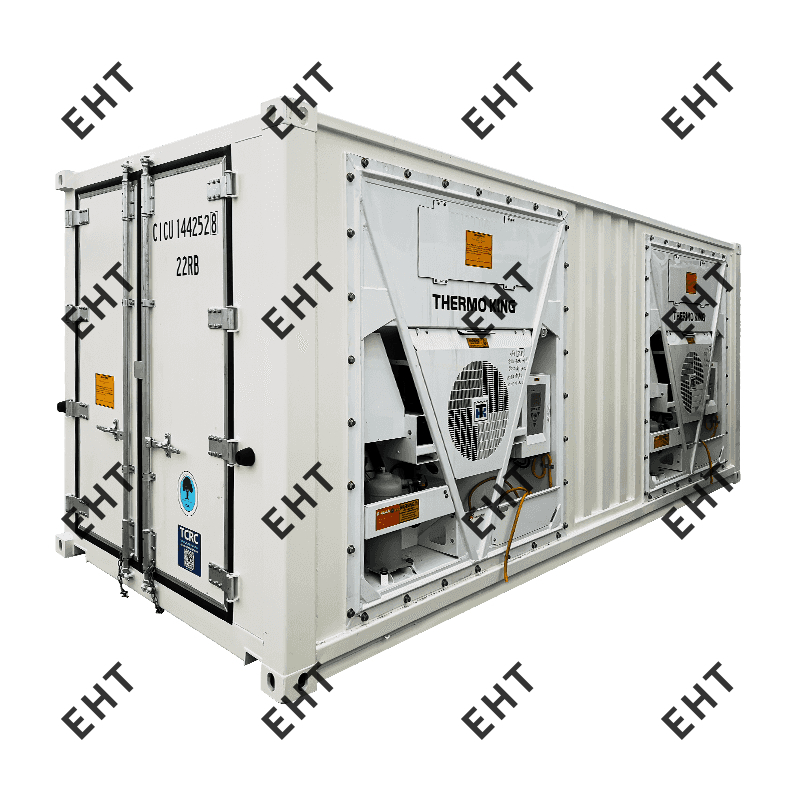A reefer container, short for refrigerated container, is an essential tool in global logistics, enabling the safe transportation of perishable goods such as fruits, vegetables, meat, dairy, pharmaceuticals, and chemicals. To maintain the required temperature and humidity levels, reefer containers must have a continuous power supply throughout their journey. Understanding how power is supplied to these units during shipping and storage is critical for ensuring product safety and maintaining an unbroken cold chain.
Content
Power Supply During Port and Terminal Operations
When reefer containers are at ports, terminals, or warehouses, they are typically powered through:
-
Shore Power (Plug-in Connections)
Reefer containers are connected to dedicated electrical outlets available at container yards and terminals. These outlets usually provide a three-phase power supply, commonly 380V to 460V, ensuring stable energy for refrigeration units. -
Terminal Reefer Plugs
Large container yards and ports have hundreds or even thousands of reefer plugs, allowing simultaneous connection of multiple containers. Monitoring systems are often integrated to track temperature and performance remotely. -
On-Site Generators
In locations without sufficient infrastructure, portable generators are used to power reefer containers until they are transferred to a ship or truck.
Power Supply During Ocean Shipping
At sea, reefer containers rely on:
-
Ship’s Electrical System
Modern container ships are equipped with specialized reefer slots that provide direct electrical connections to each container. The vessel’s generators supply continuous power to keep the refrigeration units running. -
Monitoring Systems
Crew members or automated systems monitor reefer containers to ensure that temperatures remain within specified ranges. Any deviations trigger alerts for immediate corrective action.

Power Supply During Land Transport
For inland transportation, different methods are used:
-
Generator Sets (Gensets)
- Clip-on Gensets: Attached directly to the front of the reefer container, providing power during trucking or rail transport.
- Underslung Gensets: Mounted under the chassis of a truck trailer, supplying continuous power while on the move.
-
Truck or Rail Power Units
Some trucks and rail systems are equipped with built-in power supplies that connect directly to reefer containers.
Backup and Redundancy
Because reefer containers often carry high-value or sensitive cargo, backup measures are essential:
- Dual Power Options: Many units are designed to switch between shore power, gensets, and ship power seamlessly.
- Battery-Assisted Monitoring: While the refrigeration system itself requires high power, small battery systems allow temperature logging and alarms to function even during short interruptions.
Key Considerations in Power Supply
- Energy Efficiency: Newer reefers use advanced compressors and insulation to reduce power consumption.
- Voltage and Frequency Compatibility: Power systems must be compatible with regional standards (50Hz vs. 60Hz).
- Reliability: Continuous monitoring ensures that the cold chain remains unbroken, avoiding costly cargo loss.
Conclusion
Powering a reefer container involves multiple methods depending on its stage in the supply chain. From shore power at terminals to vessel connections at sea and gensets during inland transport, continuous and reliable electricity is the backbone of refrigerated logistics. By ensuring proper power supply and monitoring, reefer containers safeguard perishable goods and keep global trade in motion without compromising quality.






